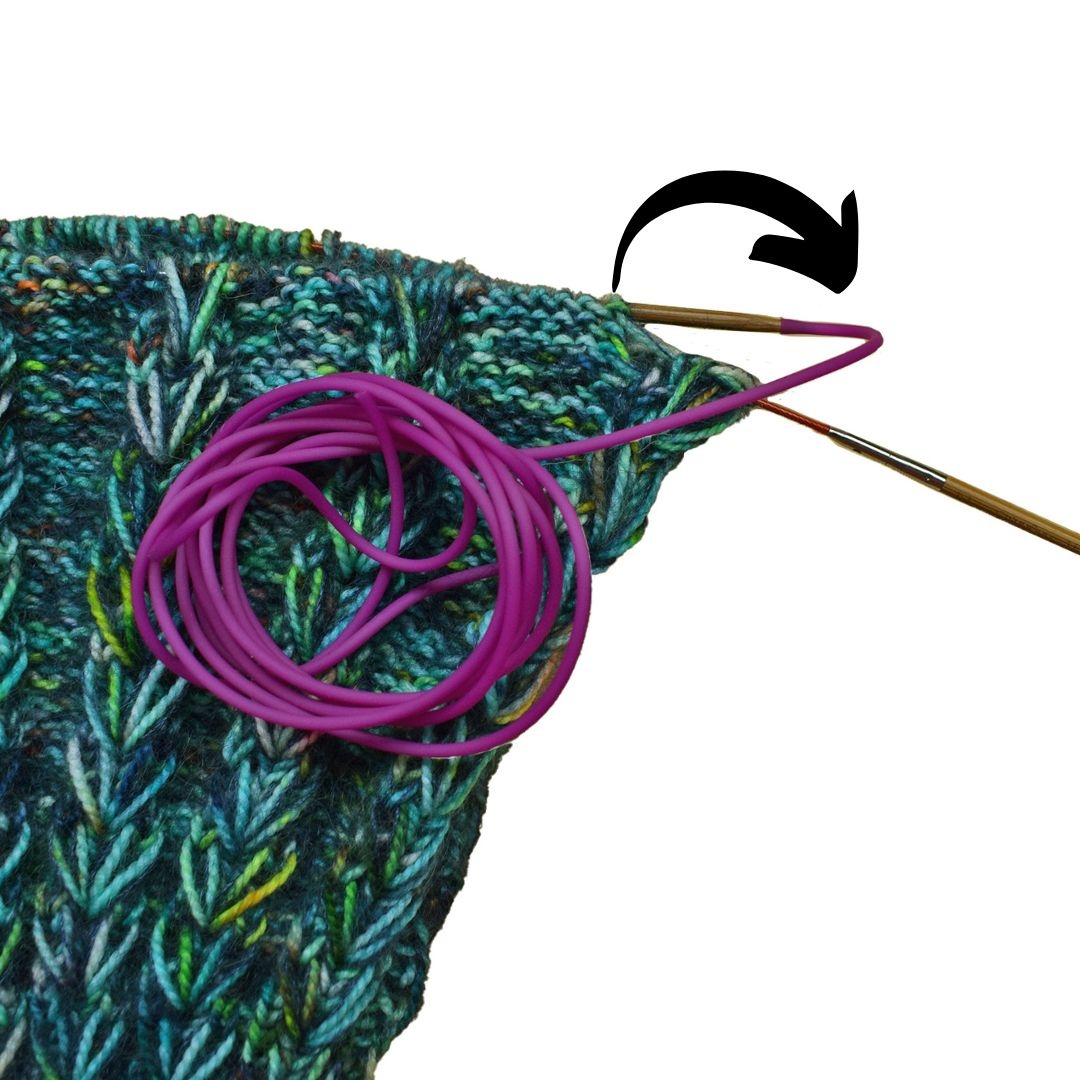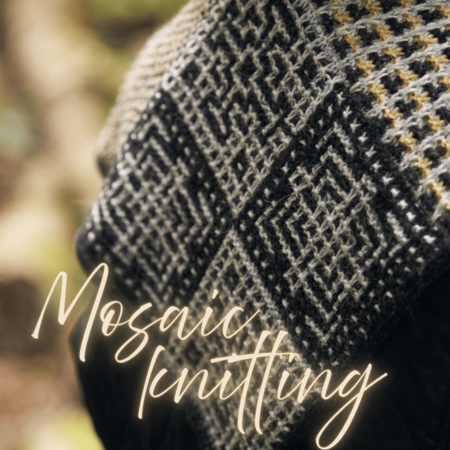Gauge

Getting the correct gauge is essential to the outcome of your knit and crochet projects, yet it causes so much confusion and resistance. Comments we commonly hear include:
"Do I really need to make a gauge swatch?"
- While not mandatory, skipping this step could result in your project turning out a different size than expected, and you may run out of yarn.
"I always knit with perfect tension."
- No, you're just lucky. There's no such thing as perfect tension.
- Perfect tension technically involves creating even stitches of the same size, which has nothing to do with achieving the recommended gauge listed in a pattern.
- Additionally, most instructions list an average recommended needle size. Sometimes, the designer will list the needle size THEY used, and their tension may differ from yours.
- Perhaps stating, "I achieve standard tension in most instances, but not all," would be a more accurate statement.
"I've already tried going down two needle sizes!"
- There is no rule that you can only use a needle one or two sizes different than recommended in the pattern.
- Use whatever size is needed to achieve the stated gauge.
- Changing needle sizes is not indicative of your skill as a knitter. Many accomplished knitters never use the recommended needle size.
"My gauge is spot on, but my sweaters never fit right."
- If your gauge is perfect, your sweaters should be the correct size.
Common Misconceptions About Gauge Swatches
Example Gauge: 12 sts x 16 rows = 4"
- Cast on 12 stitches and work for 16 rows in the stated stitch pattern.
- If the swatch measures 4", your gauge is correct.
Many well-known instructors, publications, and how-to personalities teach this gauge swatch method. It makes for a charming tutorial but yields inaccurate results.

- It does not consider the edge stitches that roll inward to the side.
- Blocking the swatch flat will not correct the edge stitch issue.
Correct Gauge Swatch
Follow these steps for an accurate gauge swatch:
- Make a swatch a few inches larger than 4" by casting on more stitches than listed for the gauge.
- Each "V" is a stitch.
- Count the number of stitches in a 4" section in the middle of the swatch by laying a ruler over the swatch.
- Your tension is correct if your count measures the stated gauge.
- If you have FEWER stitches than required, your tension is too LOOSE. Change to a SMALLER needle.
- If you have MORE stitches than required, your tension is too TIGHT. Change to a LARGER needle.


Additional Tips:
- Before measuring, you may block the swatch, but this isn't always necessary.
- Be aware that tension can change between the swatch and your project.
- Use the same needles for the swatch and project to maintain consistency.
- Re-check your gauge a few inches into your project to ensure it has stayed the same.
- Check the finished width of the project. You are not getting the correct gauge if the width differs from the stated pattern measurements and should start over with a different needle size.
Helpful Tools
Ackerwork's Swatch Gauge
These clear acrylic gauges hold your knitting flat, making counting your stitches and rows easy.
Silicone Stitch Holders
These colorful silicone cords make checking your project size a snap.
Insert the needle tip into the end of the cord, and slide the stitches onto the cord.


After measuring the width of your project, simply slide the stitches back onto the needle.

Crochet Gauge
A gauge is also crucial in crochet, with stitch appearance varying based on the stitch pattern used.
 |
 |
You will be much happier with your creations when the gauge is correct!




